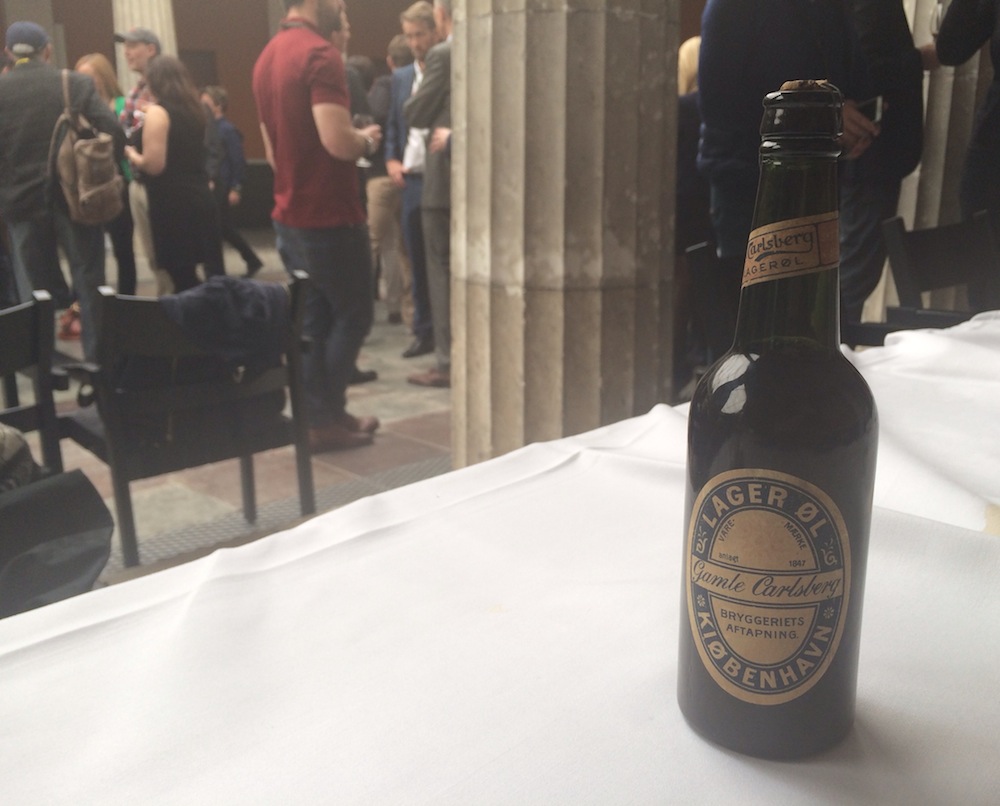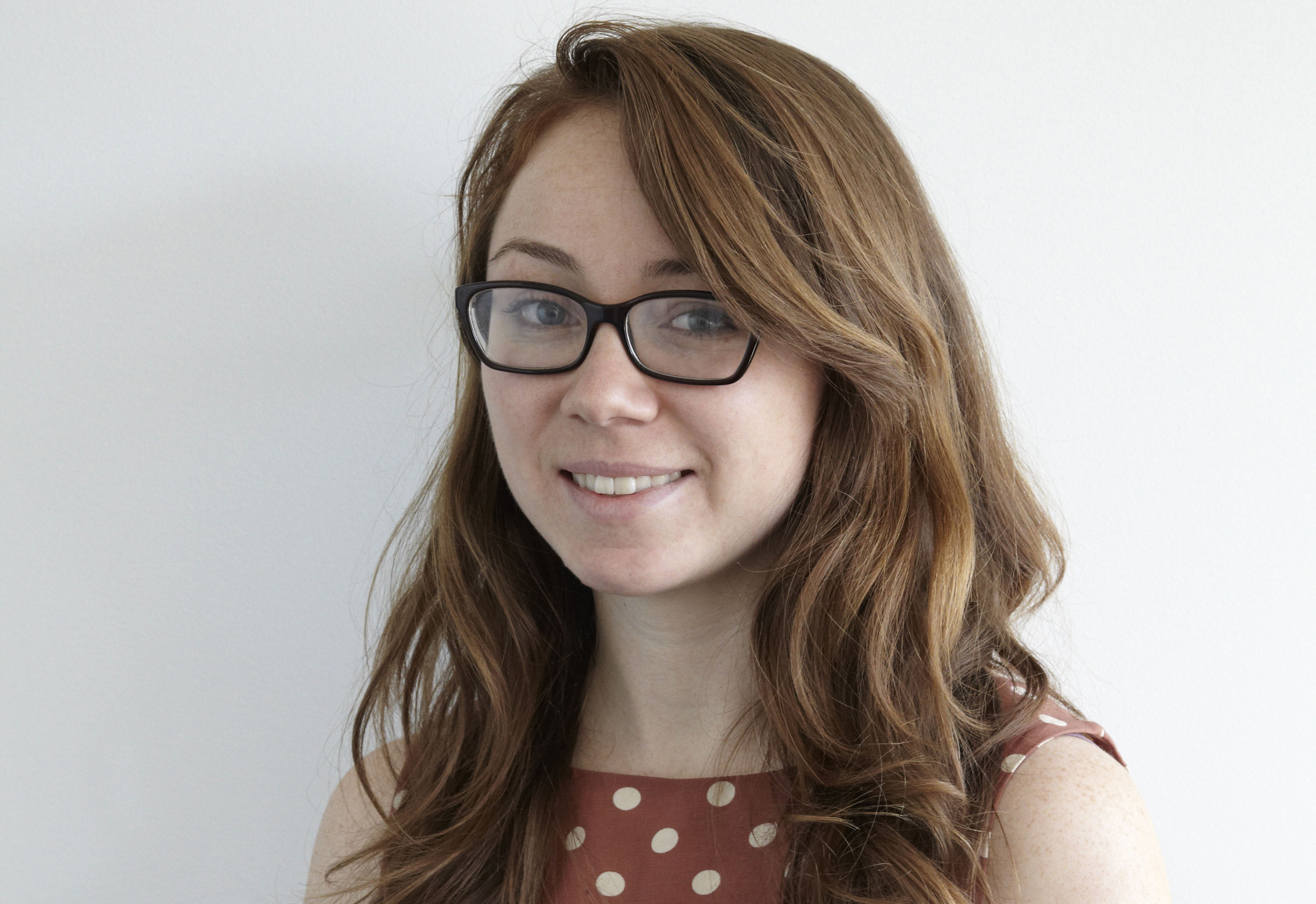Vintage Brew: Carlsberg Recreates Historic Lager with Old Yeast

COPENHAGEN, Denmark — Three years ago, Carlsberg's head brewer, Erik Lund, was walking through the halls of his research lab when he saw a group of his colleagues huddled in an office. They were standing around a bottle of beer. That wouldn't be so unusual, given the location. But this brown glass bottle was more than 100 years old.
Construction had been going on just outside the lab on the site of the historic brewery, and three dusty beer bottles —still corked, full of liquid, and bearing their old-school Carlsberg labels —had been discovered in a forgotten beer cellar. Some of the beer experts at the lab decided to uncork one and taste its contents. They saved a sip for Lund.
"I was amazed because I have tasted old beers before and this was surprisingly good," Lund told Live Science. But after such a long time, the liquid didn't exactly taste like lager. [See Images from Carlsberg's Lager Revival]
"It had a kind of sherry or port wine flavor —very interesting and not unpleasant at all," said Birgitte Skadeshauge, vice president of Carlsberg Group R&D.
To get a sense of what that lager might have actually tasted like, Carlsberg scientists reconstructed the 19th century brew and invited journalists to a tasting ceremony here on May 18.
Lager brought back to life
"I'm relieved," Bjarke Bundgaard, a beer history expert for Carlsberg, told Live Science after the cask was tapped. "We were very afraid of unwanted microorganisms visiting in the barrel. But basically the beer fulfills what I would expect: rich, malty, higher levels of residual sugars. I think it's quite authentic, so I'm satisfied."
The lager was darker in color, sweeter and less fizzy than the familiar green-bottled Carlsberg pilsner of today, and it had 5.7 percent alcohol content (just short of their goal of 5.8 percent). Bundgaard said the historic lager was not as flavorful as the craft beers of today because "this was an everyday-life beer —it was something that people were drinking for lunch or even for their breakfast."
Get the world’s most fascinating discoveries delivered straight to your inbox.
Brewers at Carlsberg had no description of how the beer should have tasted in the late 19th century and they lacked information about the varieties of malt and hops that were used. So instead, they had to rely on old brewing books, old beer recipes and data about the salinity of the local water sources at the time to get the batch right. Crucially, the unpasteurized beer in those bottles also had a nice thick layer of precipitate toward the bottom, Skadeshauge said. From this, Carlsberg brewers said they managed to cultivate live yeast from the old beer for a new batch.
"I have never heard, so far, of the ability to isolate and grow a yeast that is so old," said Duccio Cavalieri, a professor of microbiology at the University of Florence. Cavalieri wasn't involved in Carlsberg's project, but he has studied the wild origins of brewer's yeast and has analyzed non-living yeast residues from ancient vessels, such as a 5,000-year old Egyptian wine jar recovered in the tomb of King Scorpion I.
Yeast is the fungus responsible for fermentation in beer. It's rare for scientists and brewers to be able to grow a living yeast that's decades old because not many uncontaminated samples are still around today, according to Jürgen Wendland, Carlsberg's former yeast biologist who was not involved in the new project. [Raise Your Glass: 10 Intoxicating Beer Facts]
"Carlsberg is one of the few places that could have these samples," Wendland said, because they have a collection of thousands of bottles that are still sealed and filled with their original contents. Using samples from Carlsberg's historic collection, Wendland and his colleagues were able to sequence the genome of the lager yeast (Saccharomyces carlsbergensis) that Carlsberg has been using for decades. This strain of yeast was first cultivated in 1883 by Emil Christian Hansen, a Danish mycologist famous for developing the first method for purifying yeast.
Vintage booze
In the last couple of decades, the study of historic and ancient beer has taken off. With new chemical analysis techniques, archaeologists and other scientists who study the past are now able to detect ephemeral traces of ancient life: residues from dyes, fats and, of course, beer and wine.
"Most of what we are as humans is organic —our food, our beverages, our medicine, our clothes," said Patrick McGovern, a biomolecular archaeologist at the University of Pennsylvania Museum, who worked with Cavalieri on the Egyptian wine study. "Now we have some tools to put some flesh on the bones."
McGovern sometimes gets called a "beer archaeologist." Not only has he identified some of the oldest traces of booze on ancient artifacts (including a Nordic grog), but he's also worked with the Delaware-based brewing company Dogfish Head to reconstruct ancient beers. Though they were never able to use a living yeast culture like the brewers at Carlsberg, McGovern and his collaborators sometimes went to extreme measures to capture wild yeast cells that may approximate ancient varieties. For instance, to create Dogfish Head's Ta Henket Egyptian beer, McGovern said they went to a Egyptian date farm near the Giza pyramids to capture wild airborne yeast cells in petri dishes.
Reconstructing the booze of our long-lost ancestors indulges a curiosity about the past. But, these projects often have some loftier goals, too.
"It has been really interesting to see how the yeast has developed over time from a genetic point of view," Skadeshauge said. "Having the sequence and all this information, you also start to understand which parts of the genes are really important for the beer-brewing process."
Indeed, when Wendland and his colleagues analyzed modern Saccharomyces carlsbergensis and compared it with historic samples, they found some slight differences. Identifying the function of certain genes in brewer's yeast could lead to more targeted yeast breeding, allowing beer makers to develop more interesting varieties of craft beers, Wendland said.
Editor's Note: This story was generated in part during a press trip paid for by Carlsberg.
Original article on Live Science.



